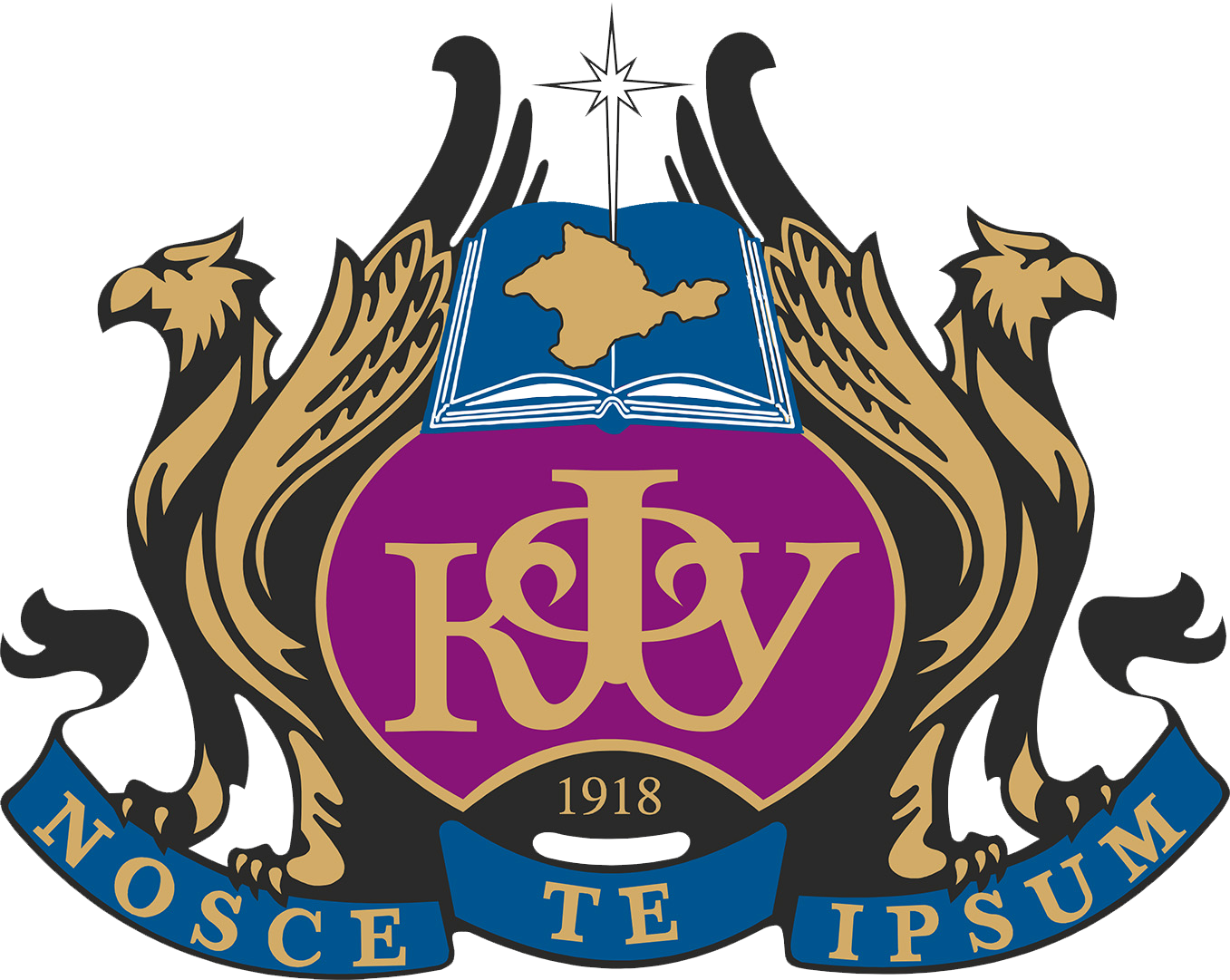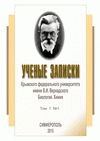The most interesting group of polynuclear complexes consists of binuclear compounds exhibiting unusual magnetic properties that are not limited to the magnetism characteristic of mononuclear compounds or diamagnetism typical of clusters with strong metal-metal bonds. The reason for these magnetic properties is the so-called exchange interactions, which are quantum effects that cause the correlated behavior of the spins of unpaired electrons. The nature of spin-spin interactions in dimers and exchange clusters depends on the details of the geometric and electronic structure of compounds and has a decisive effect on their magnetic properties. When studying weak interactions, the use of EPR spectroscopy methods is quite productive. This method is particularly useful in the study of copper(II) dimeric complexes. Coordination compounds, which have exchange interactions between metal ions separated by a distance of more than 3 Ǻ, characteristic of most exchange dimers, have recently attracted increased interest. A large number of exchangeable dimers have been described in the literature, whereas data on complexes with a distance between paramagnetic ions of more than 3 Ǻ are limited. The latter are particularly interesting in the study of exchange interactions, since they allow quite smoothly changing the distance between paramagnetic centers and modifying the geometry and electronic nature of the coordination polyhedron, as well as the bridge group (aliphatic, unsaturated, or aromatic spacers). In this paper, spacered oxyhydrazonic acids are considered as potential ligands, in which it is possible to note some structural features and the ability to smoothly change the distance between copper(II) cations, as well as the obtained binuclear copper(II) complexes based on spaced acylhydrazones of some dicarboxylic acids. Binuclear complexes of copper(II) with spacered acylhydrazones of acids were obtained. The solvate composition of the complexes [Cu2L3(py)2]∙6H2O and [Cu2L4(py)2]∙6H2O was confirmed by thermogravimetric and elemental analysis. To study the method of ligand coordination, the IR spectra of the obtained complexes were recorded. In the EPR spectra of the synthesized complexes, a weakly resolved CTC with a constant of the order of 30 Hz is observed, which is characteristic of copper(II) dimers with a weak exchange interaction between metal nuclei.
copper(II) binuclear complexes, IR spectra, electron paramagnetic resonance, ultrathin structure, exchange interaction.
1. Kalinnikov V. T. Sovremennaya magnetohimiya obmennyh klasterov / V. T. Kalinnikov, Yu. V. Rakitin, V. M. Novotorcev // Uspehi himii. – 2003. – T. 72, № 12. – S. 1123–1139.
2. Issledovanie metodom EPR slabyh obmennyh vzaimodeystviy v biyadernyh kompleksah medi(II) s salicilidengidrazonami / G. M. Larin, V. F. Shul'gin, E. A. Sarnit [i dr.] // Izvestiya RAN. Ser. xim.
3. Shul'gin V. F. Issledovanie slabyh obmennyh vzaimodeystviy v bi-yadernyh kompleksah medi(II) s acildigidrazonami 2-gidroksiacetofenona metodom EPR / V. F. Shul'gin, A. N. Gusev, V. Ya. Zub,
4. Larin G. M. Slabye obmennye vzaimodeystviya mezhdu paramagnitnymi ionami v monomernyh biyadernyh kompleksah acildigidrazonov / G. M. Larin, V. F.Shul'gin, A. N. Gusev, V. Ya. Zub
5. Shul'gin V. F. Spektry EPR speyserirovannyh dimerov medi(II) na osnove acildigidrazonov 5-brom-2-gidroksiacetofenona i alifaticheskih dikarbonovyh kislot/V. F. Shul'gin, A. N. Gusev,
6. Shul'gin V. F. Speyserirovannye biyadernye kompleksy medi(II) s acildigidrazonami alifaticheskih dikarbonovyh kislot i 2-gidroksi-5-nitroacetofenona / V. F. Shul'gin, A. N. Gusev
7. Havanur G. H. Synthesis and characterization of dioxomolibdenum(VI) complexes of dihydrazones / G. H. Havanur, V. B. Mahale // Indian J. Chem. – 1987. – Vol. 26, № 12. – P. 1063–1065.
8. IK spektry osnovnyh klassov organicheskih soedineniy [Elektronnyy resurs].URL: https://www.chem.msu.su/rus/teaching/tarasevich/Tarasevich_IR_tables_29-02-2012.pdf. (data obrascheniya: 15.03.2025).
9. Rakitin Yu. V. Interpretaciya spektrov EPR koordinacionnyh soedineniy / Yu. V. Rakitin, G. M. Larin, V. V. Minin. – M.: Nauka, 1993. – 399 s.
10. Yablokov Yu. V. Paramagnitnyy rezonans obmennyh klasterov / Yu. V. Yablokov, V. K. Voronkova, L. V. Mosina – M.: Himiya, 1988. –181 s.





